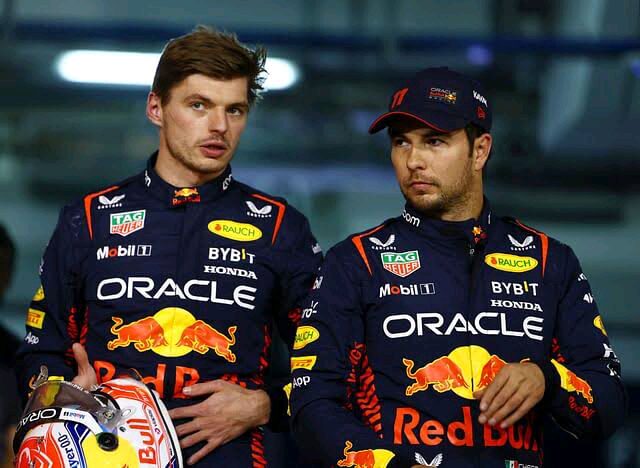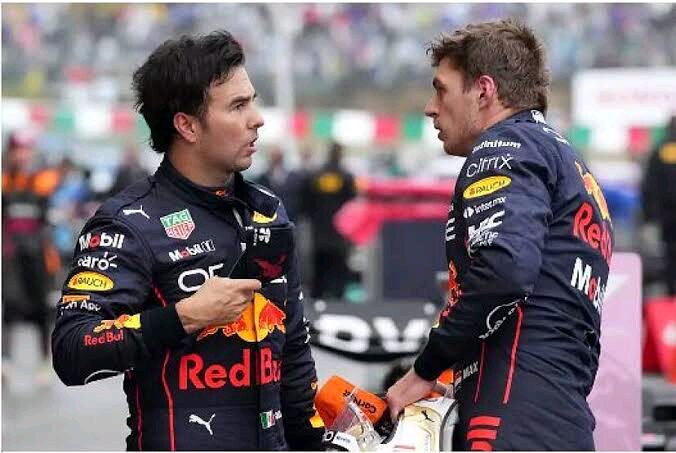The Humiliating Second Driver Problem at Red Bull: An Easy Fix
Red Bull Racing‘s “second driver problem” has been a recurring issue for years, from Pierre Gasly to Alexander Albon, and now with Sergio Pérez struggling against Max Verstappen. The trend has become humiliating, as it highlights the stark contrast between Red Bull’s superstar driver and his teammates. However, there is a simple solution to address this problem: balance expectations and focus on supporting the second driver’s unique strengths.
The root of Red Bull’s second driver issue lies in unrealistic expectations and the immense pressure to perform on par with Verstappen. Verstappen is not only extraordinarily talented, but the entire car development revolves around his aggressive driving style. This approach maximizes his potential but creates a challenging environment for his teammates, who often have a different driving style. Verstappen’s domination is no accident; the car is tailored to suit him, meaning any other driver will naturally face difficulties adapting and extracting maximum performance.

To solve this, Red Bull must shift its focus from forcing the second driver to match Verstappen to creating an environment where the second driver can excel on their own terms. A more flexible car setup, which can accommodate different driving styles, would go a long way toward leveling the playing field. Allowing the second driver more input in the car’s development would help create a more versatile machine and make that driver’s experience less frustrating.
Additionally, managing expectations is crucial. Verstappen’s ability is exceptional, and expecting anyone to immediately match his pace is unrealistic. Instead, the second driver’s role should be redefined as a key contributor to the overall team strategy rather than a constant rival to Verstappen. For example, a more measured focus on consistency and securing podium finishes, rather than outright victories, could help relieve pressure and boost confidence.
Red Bull should also consider creating a dedicated training and support program for the second driver. This could involve working on mental conditioning, simulator work, and even reviewing how to handle high-pressure situations. Given the scrutiny drivers face in such a high-profile role, providing mental health support is crucial to ensure they feel supported rather than discarded when they fail to meet expectations.
The fix to the humiliating second driver problem at Red Bull is not about finding a driver who can match Verstappen’s prowess — it’s about creating an environment where both drivers can thrive. By adjusting car development, managing expectations, and providing more tailored support, Red Bull can foster a stronger, more united team that consistently competes at the highest level.








